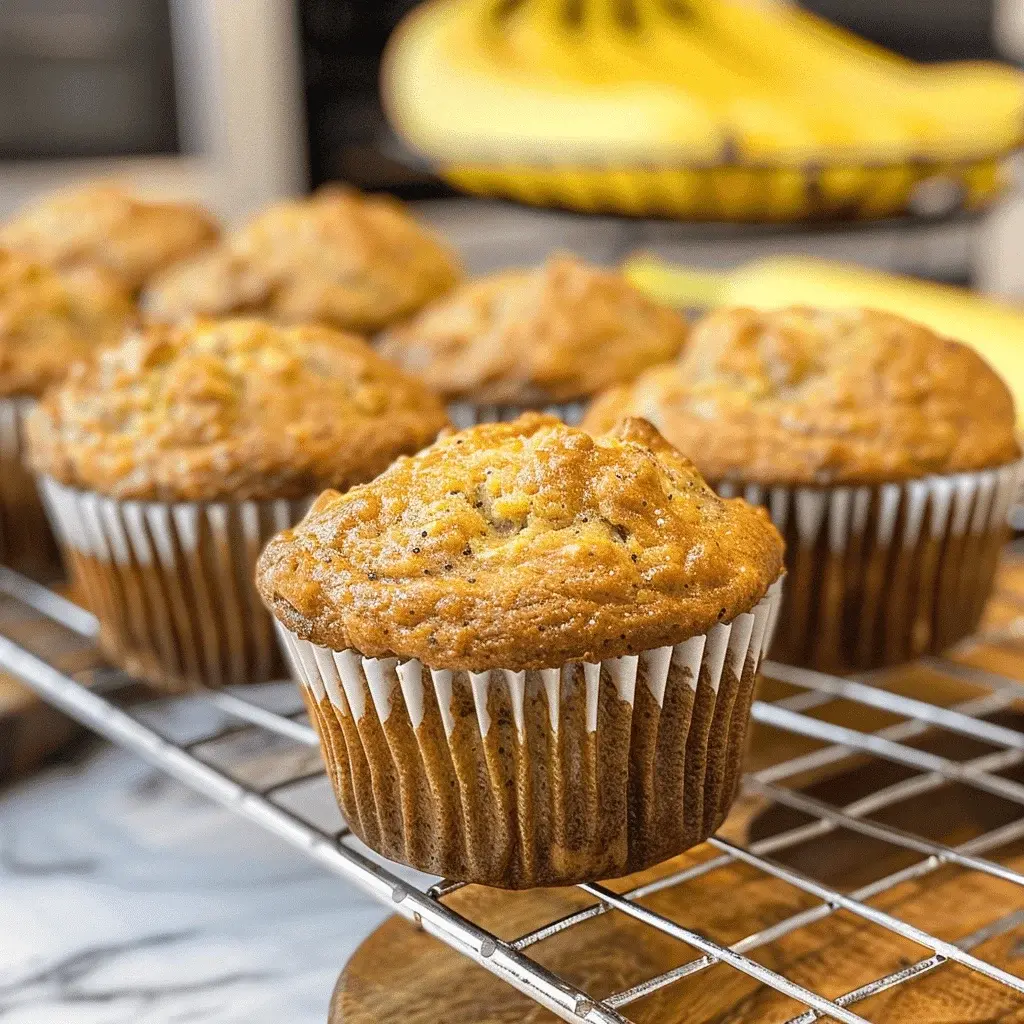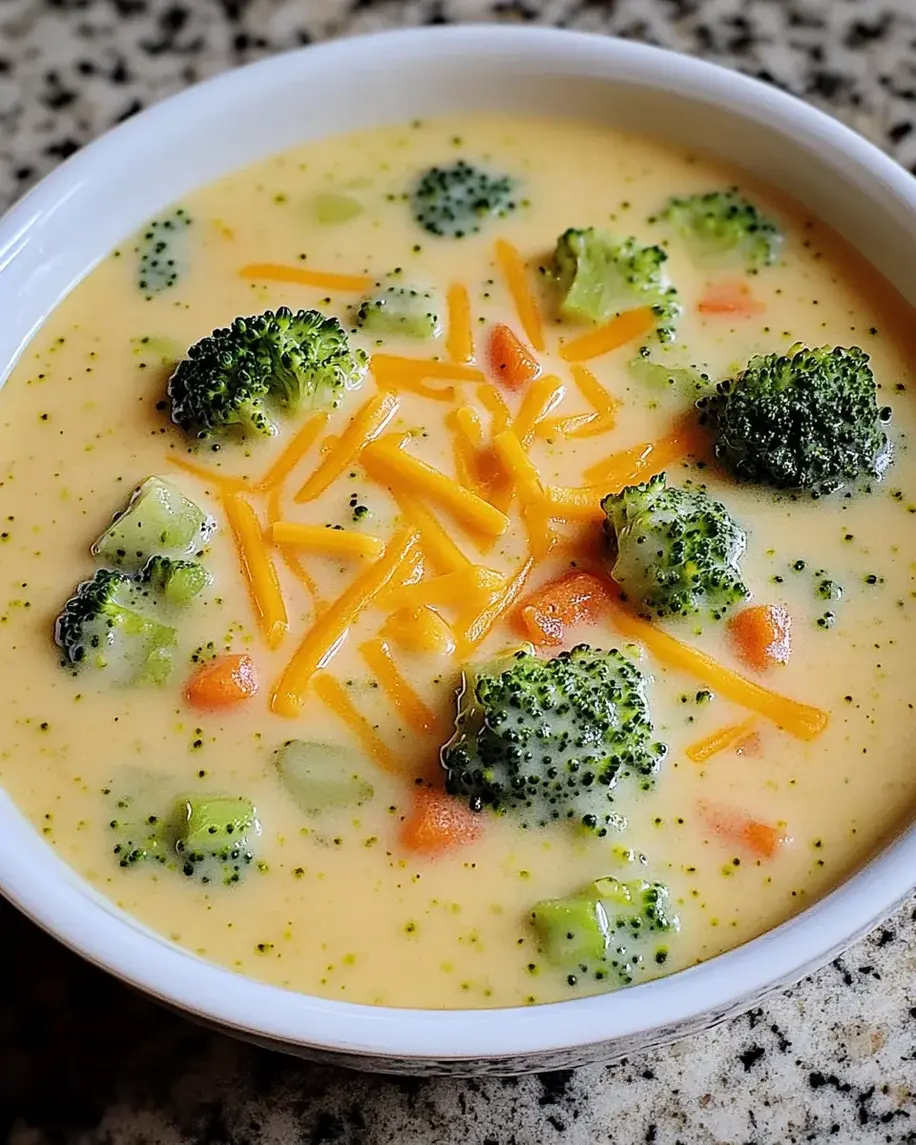“`html
Table of Contents
Banana Bread Muffins
Craving a perfectly moist, flavorful treat?
Do more than 70% of home bakers reach for a banana bread recipe when they have overripe bananas? If you’re nodding along, you’re in good company! Banana Bread Muffins are the ultimate way to transform those browning beauties into a delightful breakfast, a satisfying snack, or a sweet evening indulgence. This easy recipe delivers incredibly moist and flavorful muffins, thanks to the magic of ripe bananas. We’ve kept it simple with pantry staples like flour, sugar, and warm cinnamon, but we’ve also included irresistible options like chocolate chips for those who crave a touch of decadence. Get ready to bake up a batch that the whole family will adore – they’re so simple and delicious, you’ll wonder why you haven’t made them sooner!
Ingredients You’ll Need
Gather these simple ingredients to create your batch of perfect Banana Bread Muffins. The riper your bananas, the more intense the flavor and natural sweetness!
- 3 large ripe bananas, mashed (about 1 ½ cups): The star of the show! Look for bananas with plenty of brown spots for maximum sweetness and moisture. They should be soft enough to mash easily with a fork.
- ½ cup (113g) unsalted butter, melted: This adds richness and helps create a tender crumb. For a slightly less rich muffin, you could use a neutral oil like canola or coconut oil.
- ¾ cup (150g) granulated sugar: Balances the tartness of the bananas and aids in browning. Brown sugar can also be used for a deeper, caramel-like flavor.
- 2 large eggs: Bind the ingredients together and contribute to the muffin’s structure. Ensure they are at room temperature for better incorporation.
- 1 teaspoon vanilla extract: Enhances all the other flavors and adds a warm, comforting aroma.
- 1 ½ cups (190g) all-purpose flour: The base for our muffins. Spoon and level it for accurate measurement.
- 1 teaspoon baking soda: Our leavening agent, crucial for creating fluffy muffins.
- ½ teaspoon ground cinnamon: Adds a classic warmth that pairs beautifully with banana. Nutmeg or a pinch of allspice are great additions too!
- ¼ teaspoon salt: Enhances all the flavors and balances the sweetness.
- Optional: ½ cup chocolate chips or chopped nuts: For added texture and flavor! Semi-sweet or dark chocolate chips are wonderful, and walnuts or pecans add a lovely crunch.
Recipe Timing
15 minutes
18-22 minutes
33-37 minutes
Compared to average banana bread muffin recipes, this one is quite efficient! Many recipes might take up to 20 minutes of prep due to more complex steps or ingredient preparation. Our straightforward process gets you from measuring bowl to delicious muffin in under 40 minutes, making it perfect for a busy morning or a spontaneous baking session.

Step-by-Step Instructions
Follow these simple steps to bake your perfect batch of Banana Bread Muffins!
Step 1: Preheat and Prepare
First things first, let’s get your oven ready and your muffin tin prepared. Preheat your oven to 375°F (190°C). Line a standard 12-cup muffin tin with paper liners or grease each cup generously with butter or non-stick spray. This ensures your muffins won’t stick and will pop out beautifully.
Step 2: Mix Dry Ingredients
In a medium-sized bowl, whisk together the all-purpose flour, baking soda, cinnamon, and salt. Whisking ensures that the leavening agent and spices are evenly distributed, which is key to a uniform rise and flavor in every muffin.
Step 3: Cream Butter and Sugar
In a large bowl, combine the melted butter and granulated sugar. Stir them together until the sugar is mostly dissolved into the butter. This creates a sweet, rich base for our muffin batter.
Step 4: Add Wet Ingredients
To the butter and sugar mixture, add the mashed bananas, eggs, and vanilla extract. Whisk everything together until it’s well combined. Don’t worry if the mixture looks slightly lumpy from the bananas; that’s perfectly fine.
Step 5: Combine Wet and Dry
Now, pour the dry ingredients into the wet ingredients. Stir them together *just* until no dry streaks of flour remain. Overmixing can develop the gluten in the flour, leading to tough muffins, so be gentle!
Step 6: Fold in Mix-ins
If you’re adding chocolate chips or nuts, gently fold them into the batter now. Again, avoid overmixing; just distribute them evenly throughout the batter.
Step 7: Fill Muffin Cups
Spoon the batter evenly into the prepared muffin cups, filling each about two-thirds to three-quarters full. This allows room for the muffins to rise beautifully without overflowing.
Step 8: Bake
Bake in the preheated oven for 18-22 minutes, or until a toothpick inserted into the center of a muffin comes out clean. The tops should be golden brown and spring back lightly when touched.
Step 9: Cool
Once baked, let the muffins cool in the muffin tin for about 5-10 minutes before carefully transferring them to a wire rack to cool completely. This step prevents the bottoms from becoming soggy.
Nutritional Snapshot
While nutritional values can vary based on exact ingredients and portion sizes, here’s an approximate breakdown per muffin (assuming 12 muffins, no chocolate chips):
- Calories: ~180-220 kcal
- Macronutrients:
- Fat: ~9-12g
- Carbohydrates: ~25-30g
- Protein: ~3-4g
- Fiber: ~1-2g
Note: Adding chocolate chips or using a different type of sugar will alter these values.
Making it Healthier Without Sacrificing Flavor
Want to make these muffins even more wholesome? You can make smart swaps that still result in delicious treats!
- Flour Swap: Replace half of the all-purpose flour with whole wheat flour for added fiber and nutrients. You can also experiment with almond flour or oat flour for a gluten-free option (though this may alter texture).
- Sugar Reduction: Reduce the granulated sugar by ¼ cup. The natural sweetness of the bananas will still shine through. You could also explore using honey or maple syrup, but adjust the liquid content accordingly, as they are liquid sweeteners.
- Fat Swap: Use unsweetened applesauce or plain Greek yogurt instead of half of the melted butter. This significantly reduces fat and adds moisture.
- Additions: Boost the nutritional profile by adding a handful of chopped walnuts or pecans for healthy fats and protein, or a sprinkle of chia seeds or flax seeds for added fiber and omega-3s.
Serving Suggestions
These Banana Bread Muffins are incredibly versatile! Enjoy them:
- Warm: Fresh from the oven, they are simply divine.
- With a Spread: A smear of butter, cream cheese, or your favorite nut butter adds a delightful richness.
- As Dessert: Serve with a scoop of vanilla ice cream for a simple, comforting dessert.
- On the Go: Perfect for packing in lunchboxes or taking on a picnic.
Common Mistakes to Avoid
Even with simple recipes, a few common pitfalls can lead to less-than-ideal muffins. Here’s how to steer clear:
- Overmixing the Batter: As mentioned, this develops gluten, making muffins tough and dense. Mix until just combined.
- Not Using Ripe Bananas: Underripe bananas lack the sweetness and moisture needed for truly flavorful banana bread muffins. Embrace the brown spots!
- Opening the Oven Door Too Soon: This can cause muffins to sink. Wait until they are nearly or fully baked before checking.
- Incorrect Flour Measurement: Scooping flour directly from the bag can pack too much in. Spoon flour into your measuring cup and level it off.
Storing Your Banana Bread Muffins
To keep your muffins fresh and delicious:
- At Room Temperature: Store cooled muffins in an airtight container for up to 3 days. Placing a paper towel in the container can help absorb excess moisture and prevent sogginess.
- In the Refrigerator: For longer storage (up to a week), keep them in an airtight container in the fridge. They may become a bit firmer, so you can gently warm them in the microwave or oven before enjoying.
- Freezing: Banana bread muffins freeze exceptionally well. Wrap them individually in plastic wrap, then place them in a freezer-safe bag or container. They can be frozen for up to 3 months. Thaw overnight at room temperature or warm gently from frozen.

Frequently Asked Questions
Why are my banana bread muffins dry?
Dry muffins are often a result of overbaking, not using enough ripe bananas, or overmixing the batter. Ensure your bananas are very ripe and measure your flour correctly.
Why did my muffins sink in the middle?
This can happen if the oven temperature is too low, if you open the oven door too early, or if there’s an imbalance in the leavening agents. Ensure your baking soda is fresh and your oven is calibrated.
Can I make banana bread muffins without eggs?
Yes, you can! Egg substitutes like a flax egg (1 tbsp ground flaxseed + 3 tbsp water, let sit for 5 minutes), mashed banana (add an extra ¼ cup), or applesauce (add ¼ cup) can work, though the texture might vary slightly.
What’s the best type of banana to use?
Very ripe bananas are best! They should be heavily spotted, almost black, and soft. Their natural sugars caramelize when baked, providing superior flavor and moisture.
Can I add other fruits or spices?
Absolutely! Berries (like blueberries or raspberries), a dash of nutmeg or allspice, or even a swirl of peanut butter can be delicious additions. Get creative!
Did you make these delicious Banana Bread Muffins? We’d love to hear about it! Share your experience or any twists you added in the comments below!

Banana Bread Muffins
Description
Banana Bread Muffins are a delightful treat made with ripe bananas, making them moist and flavorful. This easy recipe combines simple ingredients like flour, sugar, and cinnamon, with the option to add chocolate chips for extra sweetness. Perfect for breakfast or an afternoon snack, these muffins are sure to be a family favorite.
Ingredients
- 4–6large ripe bananas (about2 cupsmashed,460 grams)
- ¾ cupvegetable oil (177ml)
- 3large eggs
- 2 tspvanilla extract
- 3 cupsall-purpose flour (360 grams)
- 1 ¼ cupgranulated sugar (250 grams)
- 1 ½ tspbaking soda
- 1 ½ tspbaking powder
- 1 tspcinnamon
- ½ tspsalt
- 1 cupsemi-sweet chocolate chips (optional)
Instructions
Notes
For a healthier version, you can substitute half of the vegetable oil with applesauce.
These muffins can be stored in an airtight container at room temperature for up to 3 days or frozen for up to 3 months.
Nutrition
- Calories: 230
- Sugar: 15g
“`








